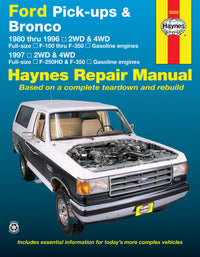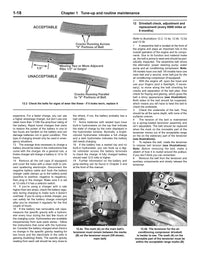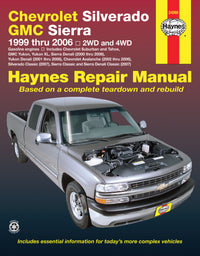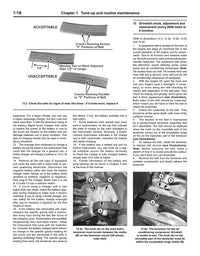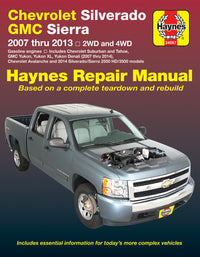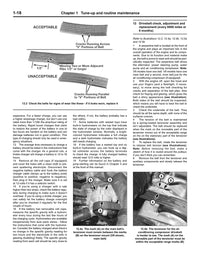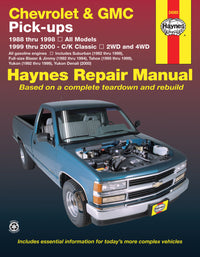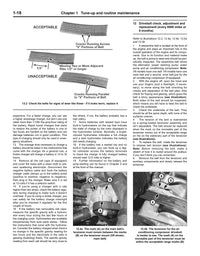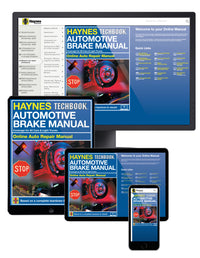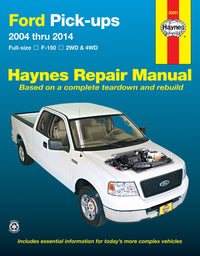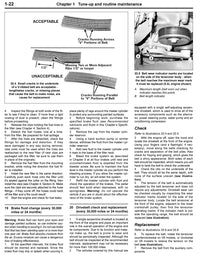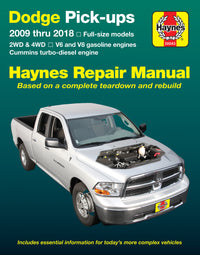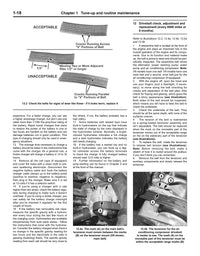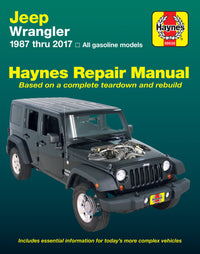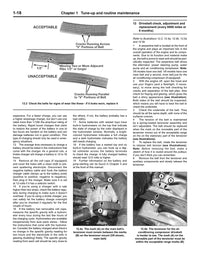How to do fluid level checks
Checking the oil, coolant, screenwash, brake and clutch and power steering fluid levels on your car is a straightforward job that takes seconds to do. Some fluids should be checked once a week but others can go for longer before they need to be examined.
Some car models have sensors that warn you when certain fluids are low, via the dashboard, but it’s always worth looking under the hood (and under the car) to check the levels and for leaks.
This task requires no experience. You won’t need any tools - just some paper towels - and each check will take a matter of seconds.

Every car is different, so before you view the full instructions, find yours…
When to check your car’s fluids
“Always make sure you use the correct fluids when topping up”
Weekly fluid checks include: engine oil, engine coolant and windscreen washer fluid (if possible).
Monthly fluid checks include: battery electrolyte (if the battery isn’t sealed), brake and clutch fluid.
Before carrying out any fluid checks make sure the car is parked on level ground. You’ll find it easier to do these checks in good daylight. Use your car’s handbook, which will show you where the fluid reservoirs are located. Always make sure you use the correct fluids when topping up - never mix different grades of engine oil and brake fluid. If in doubt take a look at previous service receipts for details, speak to the shop that carried out the last service or consult your car’s handbook.
All cars are slightly different, so if it is time to top up your fluids, use our before you begin checklist, and find your car for specific instructions.
Always make sure you use the correct fluids when topping up - never mix different grades of engine oil and brake fluidWhy you should check your fluid levels
Most of the fluids in your engine bay are critical for the car’s operation. Among the most important are the engine oil and coolant, which is why these should be checked weekly. A low engine oil level will cause the engine to wear more quickly, and if it drops to a dangerous level the engine could seize. It’s a similar story with the coolant.
Brake, clutch and power steering fluid are still important fluids but don’t need to be checked as often. However, a drop in level from month to month indicates a leak in the system, and it’s important to fix this as soon as possible rather than to keep topping up the fluid.
Before you begin
Tools you will need
Checking your fluids is an easy job and you won’t require any tools. Most fluids can be checked by looking at the translucent side of the reservoir or via a built-in dipstick. For the latter you’ll need some rags to wipe the dipstick clean.
- Rags
Every car is different, so before you view the full instructions, find yours…

